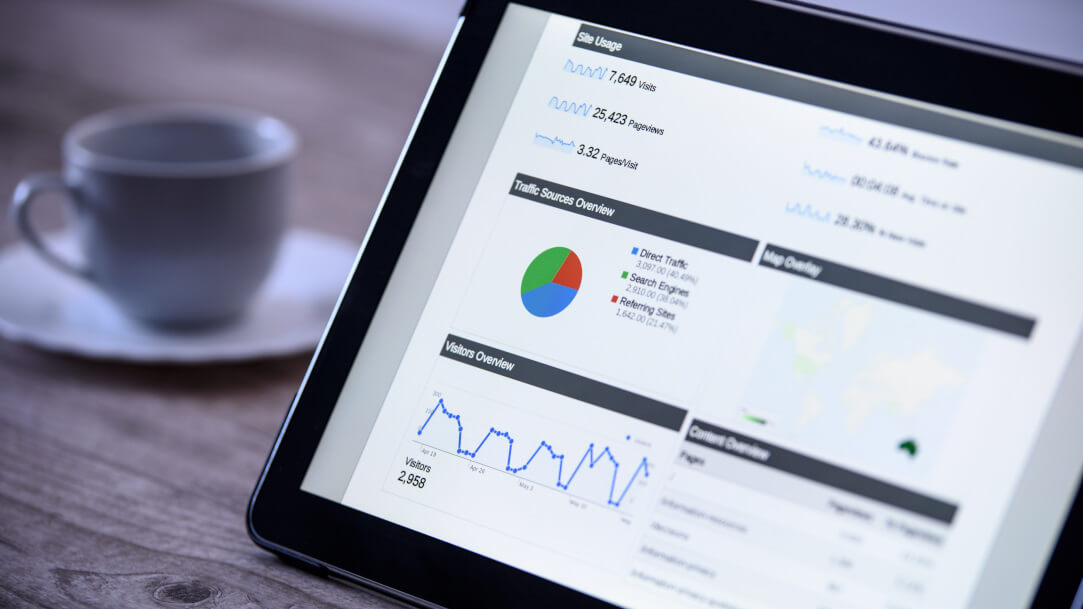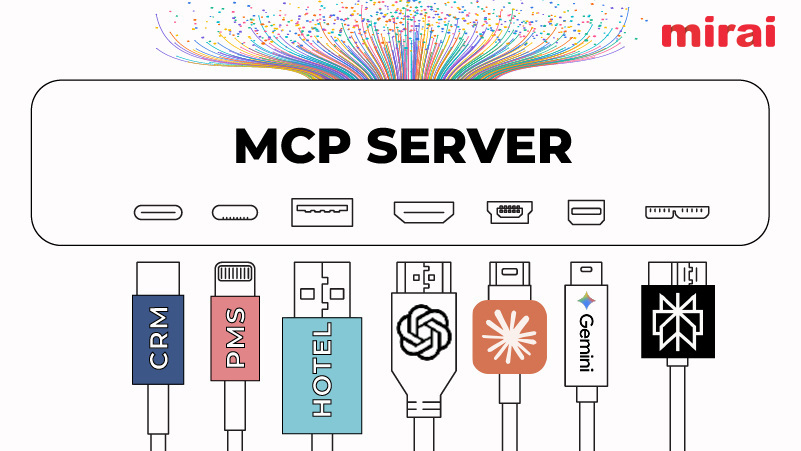
Unfortunately, the hotel tech stack is far from a neat flow of seamlessly integrated solutions, with data flowing freely between them. When dealing with multiple core systems that don’t communicate well (your PMS, CRS, CRM, ORM, etc.), sometimes you need to get a little unorthodox. Often, these complicated knots arose out of necessity – a quick solution to “somehow make it work.”
NB: This is an article from Revinate
Subscribe to our weekly newsletter and stay up to date
Continuing to work with poorly integrated systems has a cost. It results in fragmented, siloed data, which, in turn, negatively affects operational efficiency and your ability to delight your guests with personalized experiences.
For hoteliers to escape these data silos, they need to start untangling their jumbled tech stacks and introduce the right technology to future-proof their operations. Customer Data Platforms are integral to this endeavor but are not a silver bullet. Hoteliers need a CDP provider who is deeply aware of the challenges they deal with daily and who is willing to roll up their sleeves and help untie the knots.
The actual impacts of data silos
Let’s start with a simple example. Almost all hotels use some sort of a post-stay survey that is sent to the guest after checkout. Some of these surveys are even syndicated to online review sites like Google and Tripadvisor. But if your hotel is part of a group, is that survey data being used to improve the next stay of a specific guest at the next hotel? What happens if that data just sits in a silo? Or maybe that data rolls up to a group account across properties, but again, can it be leveraged for the next stay?
Imagine this scenario. Priya is a frequent business traveler and typically stays with Avertine Hospitality Group. After a stay in Avertine Chicago, Priya answered a post-stay survey and left a negative review complaining of street noise and poor sleep quality. That review was syndicated on Google, spreading its reach.
Priya has an upcoming stay in Avertine New York. Since the hotel isn’t using a CDP, they’re not aware of Priya’s recent negative review, and book her into a street-facing room. At 11pm Priya calls down to the front desk, frustrated with the noise and demanding to be moved to a quieter room. The hotel obliges, transferring her to a room away from the city sounds.
In this case, data silos between different properties within the Avertine Group and their guest feedback systems meant that the New York hotel needed to deal with an urgent late-night guest issue and add another room to housekeeping’s roster the next day, costing both time and money. And even though Priya received a solution, she was frustrated that her feedback from a hotel in the same group wasn’t listened to in the first place.
Now imagine the same scenario, but the Avertine Group is equipped with a hospitality CDP that ingests, among other data sources, post-stay surveys.
The morning of Priya’s New York booking, the hotel manager, Regina, receives an arrivals report generated from the CDP, highlighting all of the guests checking in that day and pertinent details from their guest profiles. Regina sees that Priya has stayed at several Avertine properties before, but her Net Promoter Score from her most recent stay in Chicago is a 4 – a detractor. Regina clicks in to read Priya’s review and learns about her sleep struggles.
Regina proactively ensures that Priya’s room faces the courtyard of the building, shielding her from street noise. Regina also leaves a care package with a sleep mask, ear plugs, and chamomile tea. A handwritten note reads, The Avertine team wishes you a restful stay!
Priya is delighted to see that her feedback was heard and addressed, and she sleeps soundly. The next day she leaves a new, glowing review – and amends her previous one to include how Avertine made her next stay special.
Operational inefficiencies
The story above is one small example of the potential cost of data silos for hoteliers – and the benefits of addressing them. Without a CDP, Avertine New York spent extra time and effort addressing Priya’s concerns. With a CDP, they were able to get ahead of the situation and turn a detractor into a promoter.
The costs of data silos don’t end there, however. Has your marketing manager ever tried to send a winter offer to ski season guests or wanted to target the drive market? They likely have to wade through the PMS and manually export lists without the right tool. Daniel Bank, reservations manager at Parkhotel Adler, dealt with this firsthand. Trying to do even the simplest thing, like isolate loyalty guests, was time-consuming and frustrating, he says of their legacy system.
Data silos contribute to operational costs and decreased staff productivity. Without real-time updates, there is a constant battle with inconsistent data across departments – whether it’s the front desk, reservation sales, guest services, or different properties within a group. The inconsistency means you can’t get a holistic view of your operations or guest preferences.
Diminished guest experiences
In addition to operational costs, data silos also negatively impact the guest experience. Priya’s story is just one potential example – but there are other hurdles to personalization.
Guests expect proactive, personalized communication. They expect to receive offers relevant to their interests and will quickly unsubscribe from content they don’t relate to. According to a survey by Zendesk, 68% of consumers expect brands to use their data to personalize every experience.
What does that look like? Email campaigns with upsell offers based on a guest’s favorite spa treatments. Special events marketed to loyalty-tier guests within the drive market. “We miss you” campaigns with dynamic content based on the guest’s most recent stay. The possibilities are endless – and so are the direct revenue opportunities.
According to McKinsey, businesses can generate up to 40% more revenue by deploying personalization.
So, how can hoteliers achieve this kind of personalization at scale? It starts with a Customer Data Platform.




